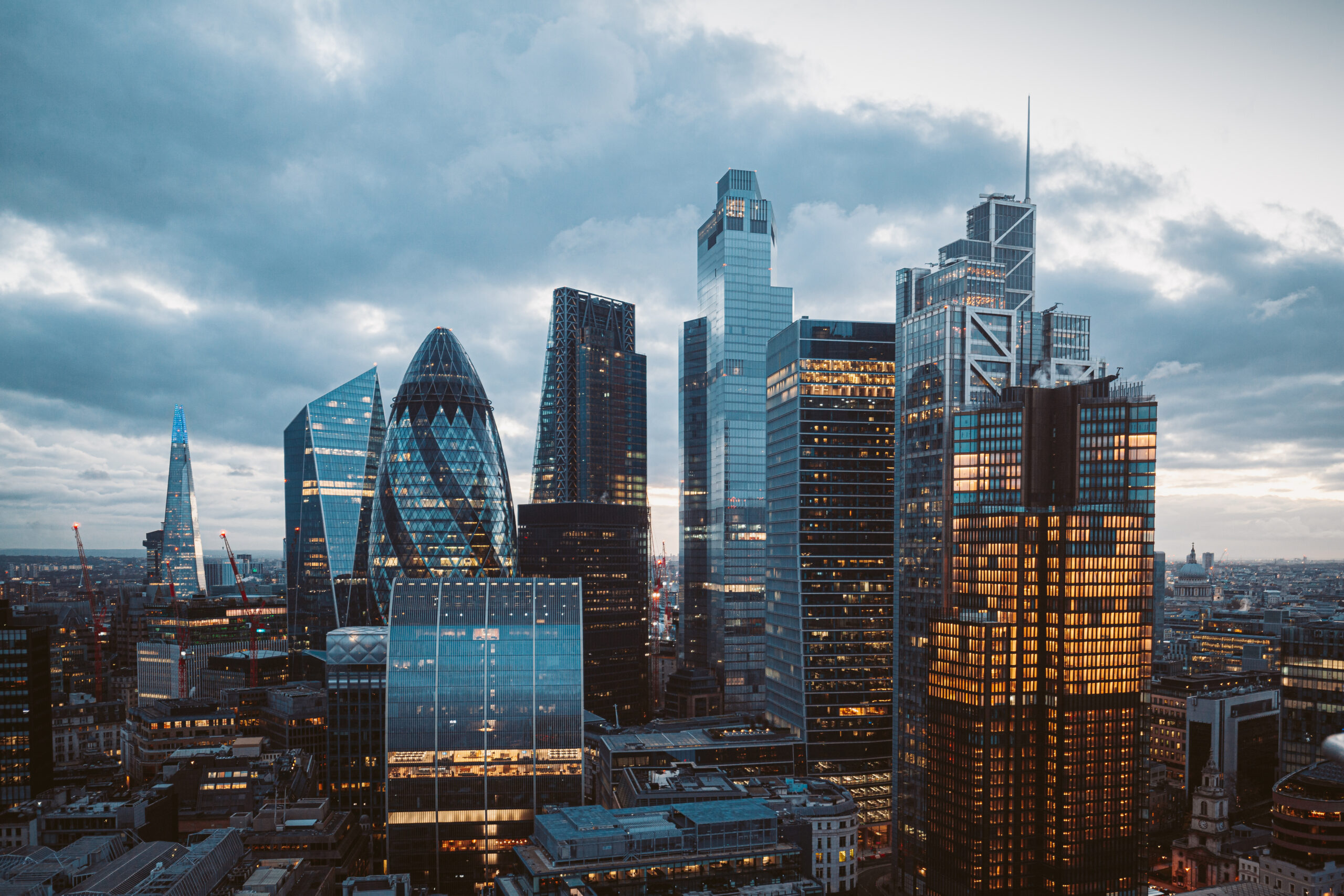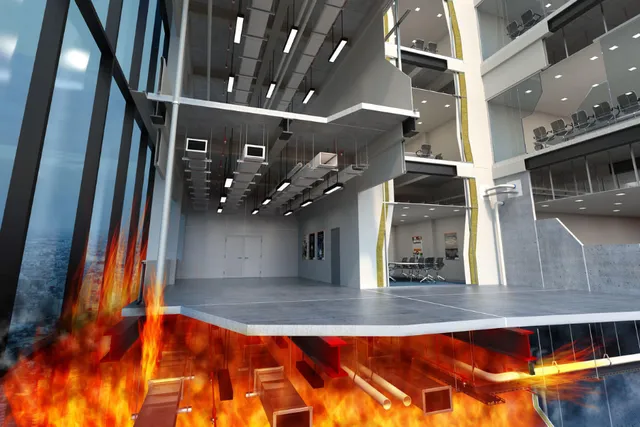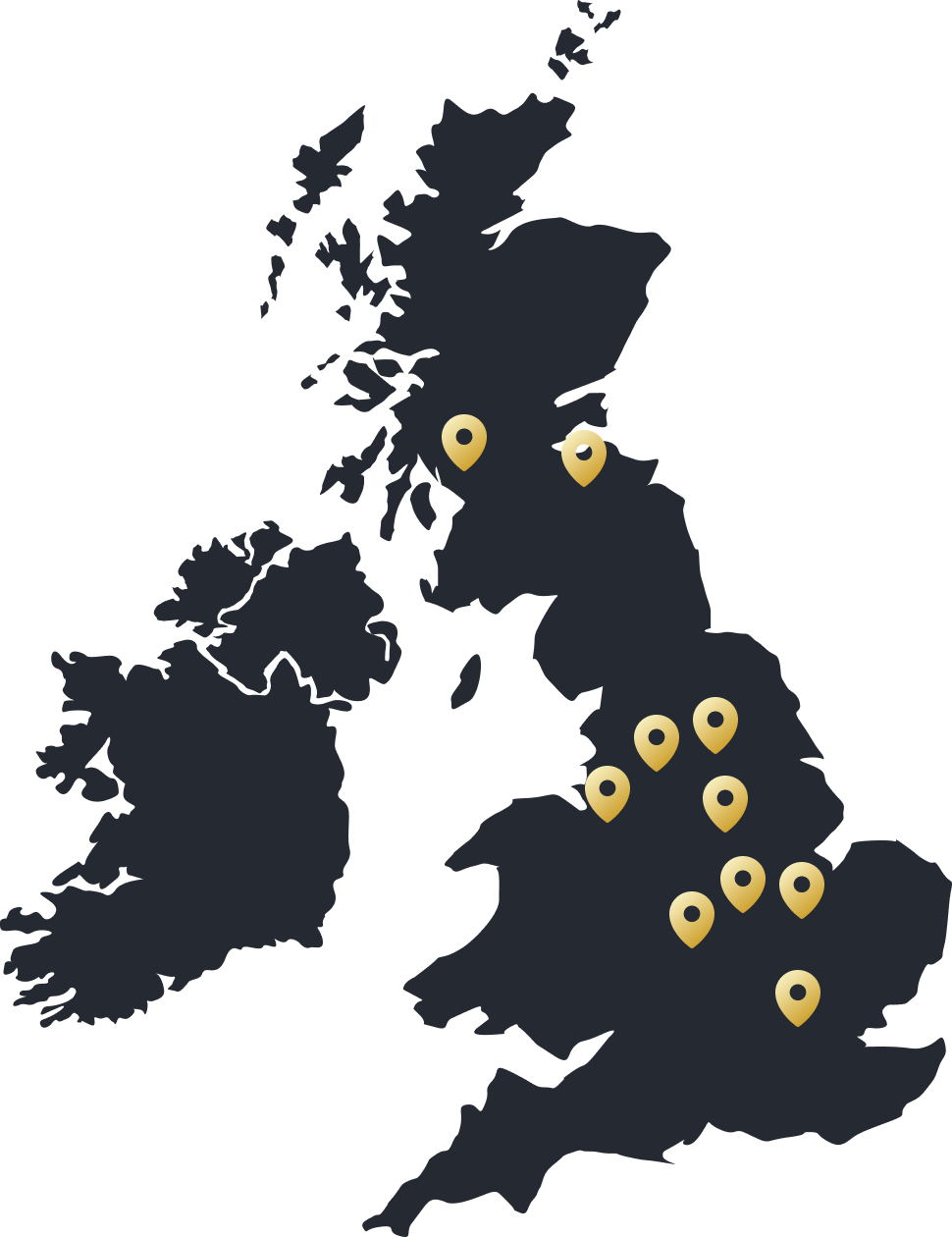Complex Building Designs
Modern buildings are often characterised by complex architectural designs, intricate building systems, and diverse materials. These complexities can make fire stopping more challenging. Here are some specific challenges:
a. Penetration variations: Complex building designs often involve a wide range of penetration types, such as irregular shapes, large openings, or multiple penetrations close to each other. These variations require customised firestop solutions to ensure proper sealing and maintain fire compartmentation.
b. Limited access: In some cases, firestop installations may be located in hard-to-reach areas, such as narrow crawl spaces, elevated ceilings, or concealed wall cavities. Limited access can make it difficult for installers to reach and properly seal penetrations, increasing the risk of improper installation and compromised fire resistance.
c. Compatibility issues: Complex buildings may incorporate a combination of different construction materials and systems. Ensuring compatibility between firestopping materials and these various elements can be challenging. Compatibility issues can arise with respect to expansion and contraction rates, adhesion properties, or chemical reactions between materials, potentially leading to reduced effectiveness or premature failure of firestop systems.
Retrofitting Existing Buildings
Retrofitting firestop systems in existing buildings poses its own set of challenges. Older buildings were often constructed without the same fire protection standards in mind, and implementing fire stopping measures afterward can be complex. Here are some specific challenges:
a. Structural modifications: Retrofitting firestop systems requires careful consideration of existing structural elements. Penetrations may already exist and be difficult to access, requiring creative solutions to effectively seal them without compromising the building’s structural integrity.
b. Concealed conditions: In retrofit projects, firestop installations often need to be performed in concealed conditions, such as behind finished walls or ceilings. Working in these concealed spaces poses challenges for installers, as they must ensure proper sealing without damaging existing finishes or disrupting building operations.
c. Building system integration: Retrofitting firestop systems necessitates integration with existing building systems, including electrical, plumbing, HVAC, and data cabling. Coordinating with these systems and ensuring proper firestopping around penetrations and junctions can be complex, requiring collaboration between fire protection specialists and various trades.
Overcoming these challenges requires a comprehensive understanding of firestopping principles, building codes, and industry best practices. It is crucial to engage experienced fire protection professionals who possess the knowledge and expertise to navigate complex building designs and effectively retrofit firestop systems in existing structures. By addressing these challenges, buildings can be made safer, protecting occupants and minimising the potential for fire spread.







